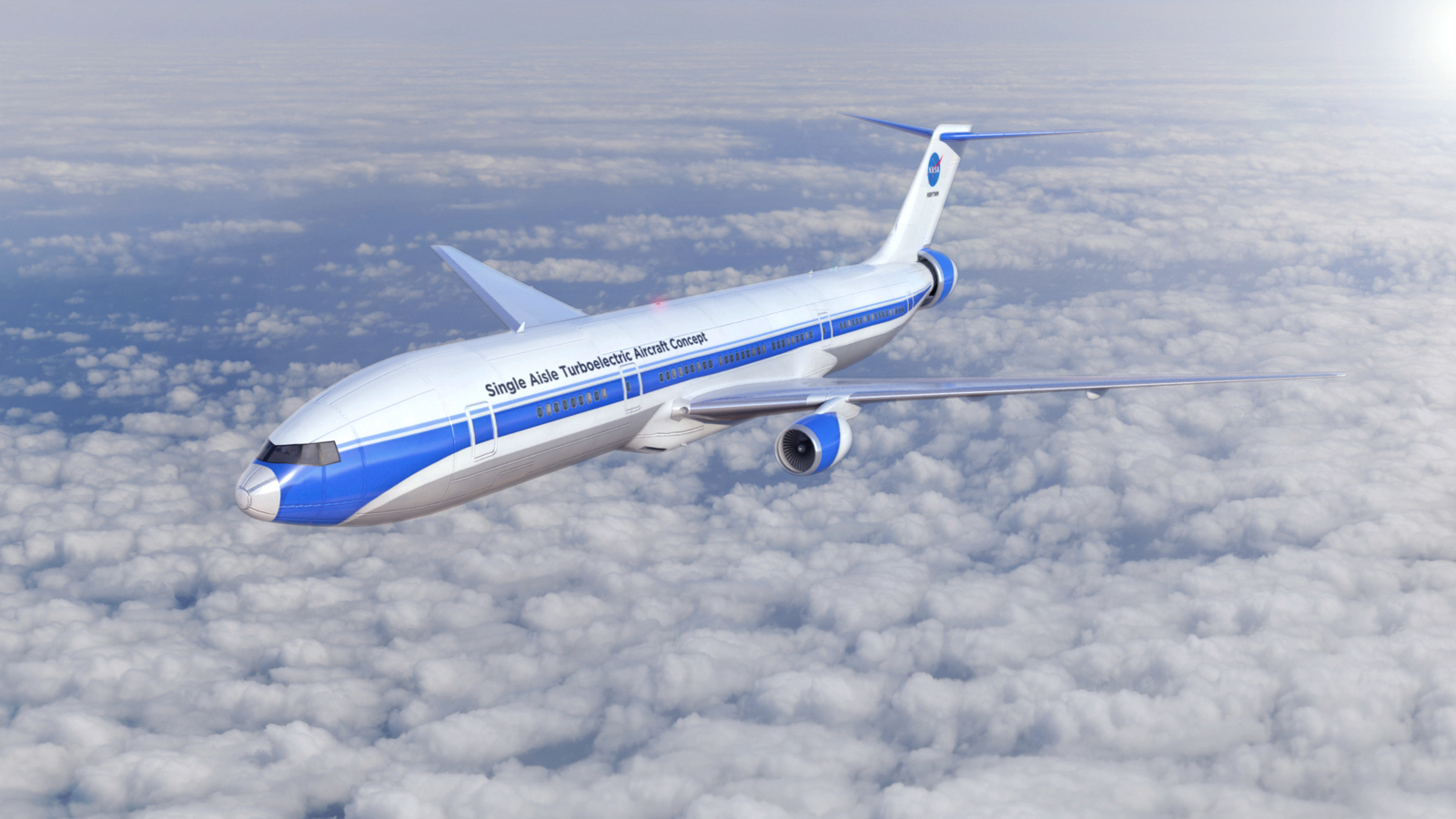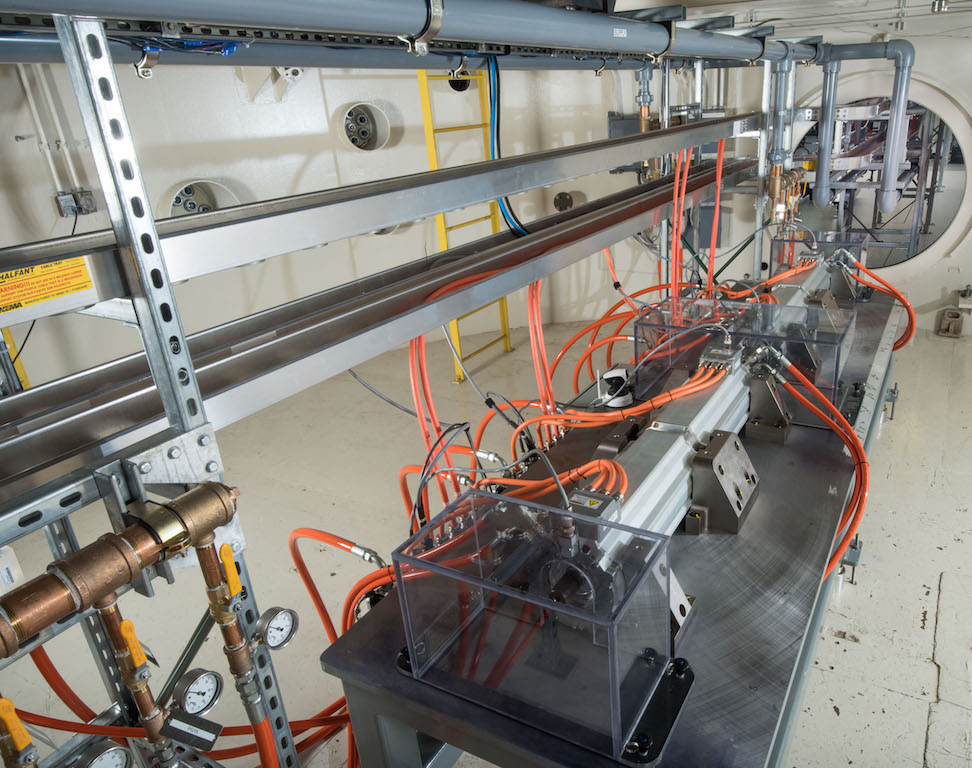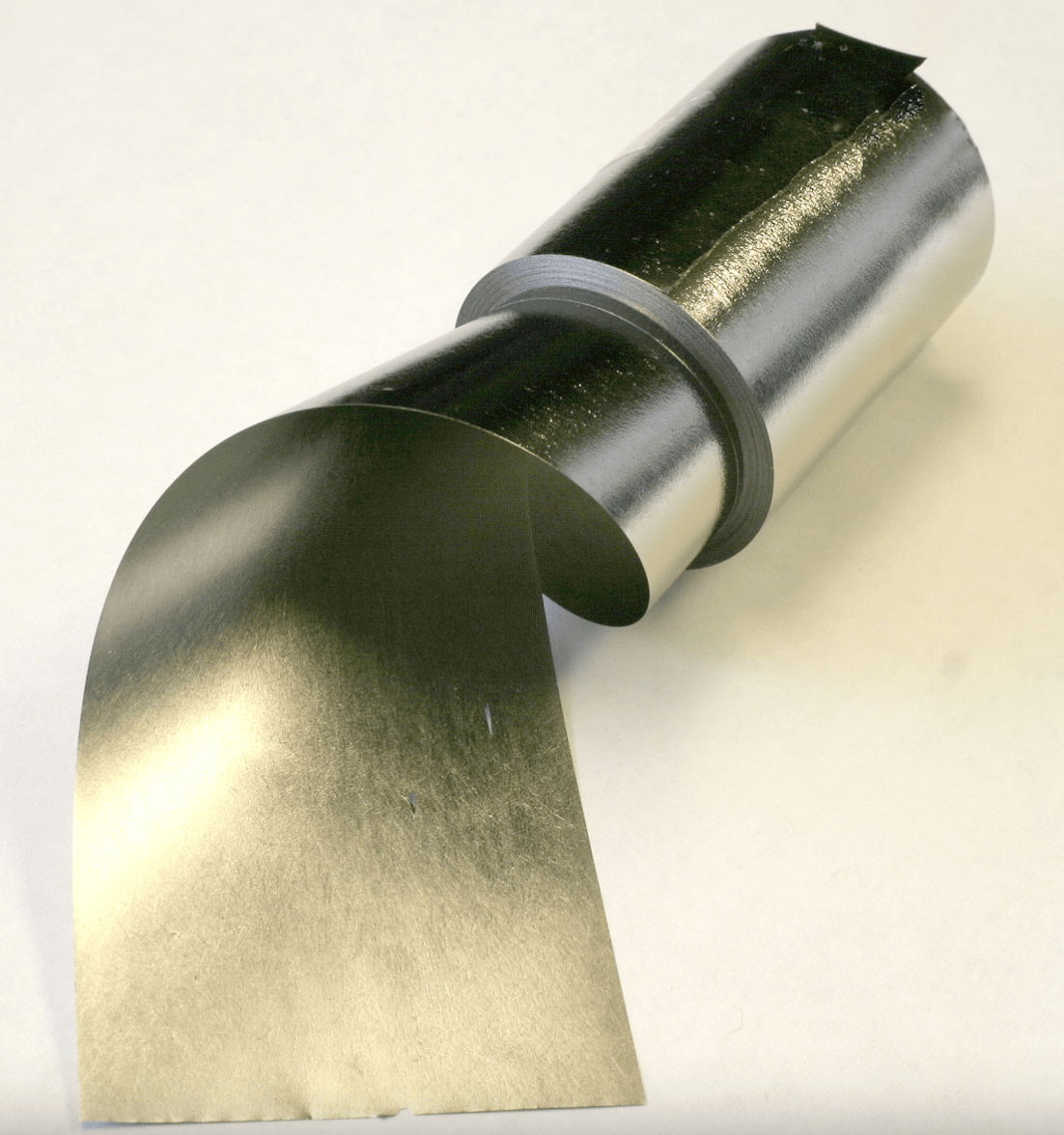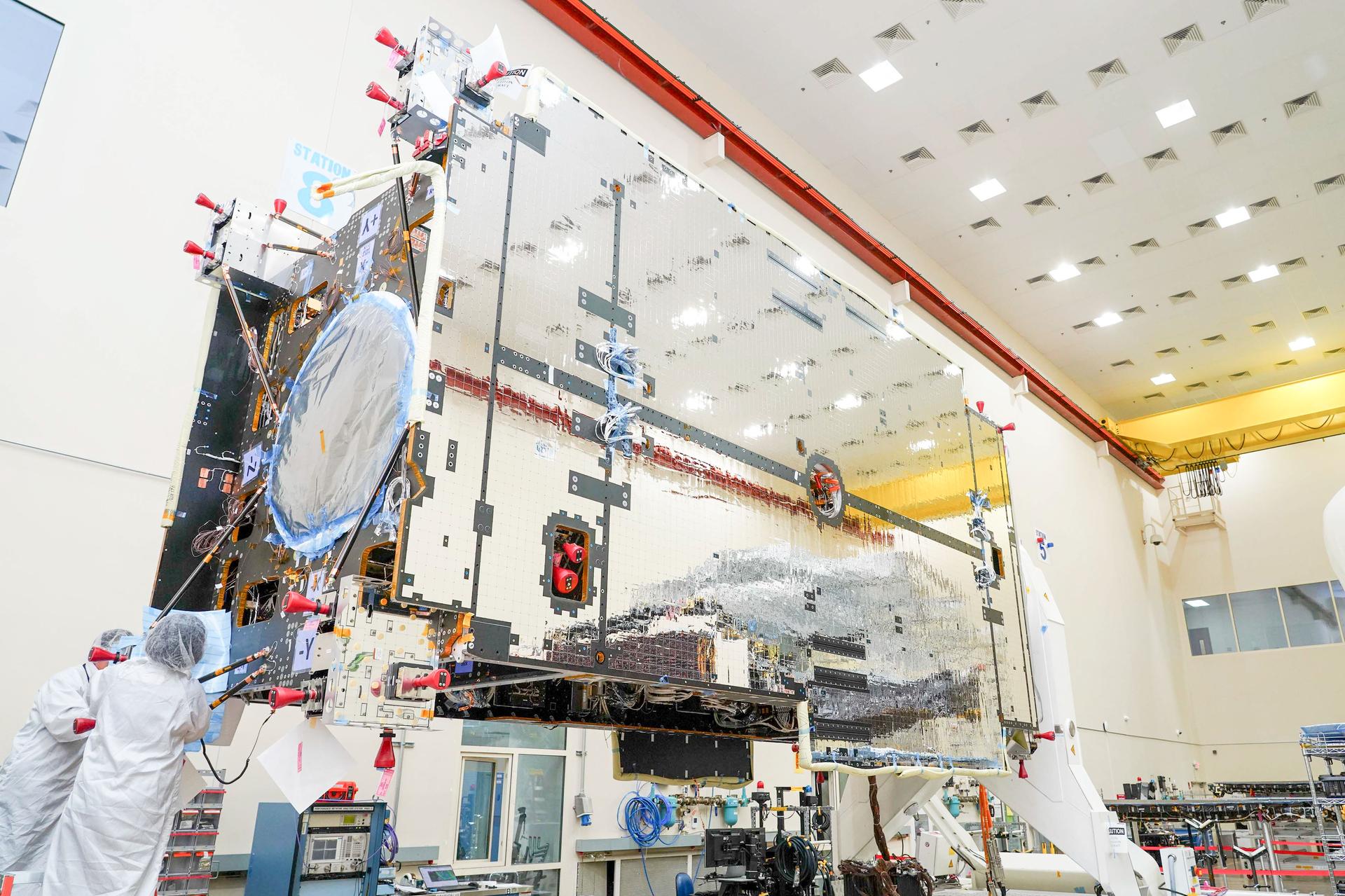Cleaner, quieter, more affordable flight is a focus for NASA aeronautics researchers who are currently pursuing aircraft propulsion technologies that could soon benefit the planet, the flying public, and American industry. These efforts include overcoming several hardware challenges, while also developing enabling technologies, to take commercial electric-powered flight from the realm of hopeful fantasy to an everyday reality.
Electrified Propulsion
To that end, NASA’s work in Electrified Aircraft Propulsion (EAP) is focused on the use of electric motors and generators to help power a plane’s flight. While smaller aircraft (two-seaters and drones) have flown using all-electric systems, the agency’s EAP research team is leading the agency’s broader focus on hybrid and turboelectric systems, which combine turbine engines and electric power, under the Advanced Air Transport Technology (AATT) project.
“The technology being developed will potentially graduate to flight demonstration in NASA’s new Electrified Powertrain Flight Demonstration Project,” said Jim Heidmann, AATT manager at NASA’s Glenn Research Center in Cleveland. “We’re working with external partners to flight test a suite of electrified propulsion technologies that make them viable candidates for future commercial transport aircraft.”
Getting Down to Flight-Weight
Machines that convert fuel to electricity, drive fans, and engines can lead to new designs that reduce fuel and energy usage in aircraft. Quieter electric motors can slash noise pollution around airports. And since electrical power can be distributed more flexibly across the aircraft, more aerodynamically efficient designs are possible, which could further reduce the amount of energy used during a trip, saving fuel and cutting costs.
While the proposed savings are worth pursuing, electrified systems require additional machines, power electronics, cables, batteries, and protective systems that add significant weight to the aircraft, offsetting any benefits of an electric system. That means that the aerodynamic performance must overcome this weight, and that the new electrical systems must be more efficient even at reduced size and weight.
Getting systems flight-ready requires an array of new technologies.
“It takes about 45 megawatts (MW) to power a large commercial aircraft,” said Heidmann. “NASA is looking at concepts that use electrical power to contribute about 2.4 MW toward that total. That is enough electrical power to run a small township, to put it in perspective. There is a fuel-burn-reduction benefit if we can achieve this, but there are significant technical challenges to getting there.”
Succeeding to a Fault
Plenty of hard work and challenges remain for NASA and its many partners.
“What will drive the success of electrification in aircraft are key technologies like advanced machines, power electronics, and fault management devices,” said Amy Jankovsky, EAP technologies project manager at NASA Glenn. “And advancements in soft magnetic materials and insulation are key to all of these areas.”
Fault management provides safety for aircraft systems. Flight-ready circuit interrupters shut off if they detect dangerous faults such as overloads or electric shorts. This stops the flow of electricity to or from an arcing or failing component until the problem is corrected.
“Circuit-breakers for use onboard commercial aircraft must be strong enough to stop megawatts of energy,” said Jankovsky. “They need to be able to respond in microseconds; and, perhaps the biggest challenge, they need to be ten times lighter than anything currently in existence.”
Key to any electric power system are magnets. How soft a magnet is refers to how easily it can be magnetized. For aircraft, new magnetic alloys can help reduce weight and improve efficiency. NASA researchers have found a way to create flexible ribbons of specially designed material that can produce a one-mile long, 5-millimeter wide ribbon of soft magnetic alloy. These custom magnetic materials have properties that can be used in specific components including power converters, motors, and sensors.
By combining NASA-engineered electric power plants and newly developed components, the environment can expect to get a healthy boost from the flying public. If NASA has its way, by the mid-2030s airports will be quieter, air will be cleaner, and flying will still be fast, efficient and, most importantly, safe.
“In a general sense, we are focused on three key areas. The environment, aircraft efficiency, and the U.S. economy,” said Heidmann. “Based on our research and the best science available, I’m convinced that electrification is a solution that can deliver a cleaner and quieter aircraft.”
Mike Giannone
For NASA’s Glenn Research Center





























